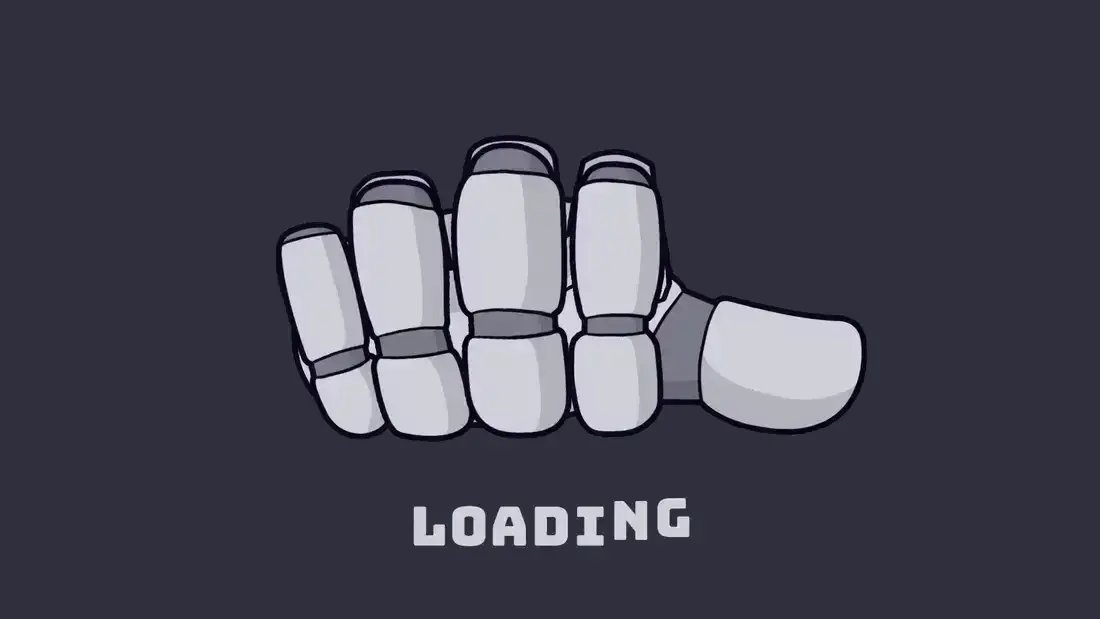▼ Most saved
Amnesia
Free mode
100% free
Freemium
Free Trial
Other tools
-
3,504419868Released 1y ago100% Free
-
458158107Released 8mo ago100% FreeEgot Chubb🙏 1 karmaSep 13, 2025Id like to be able to scroll down to see more than the first 1.5 paragraph
-
 Open3325961Released 1y ago100% Free
Open3325961Released 1y ago100% Free -
 AI-powered comic book creation at your fingertipsOpen2585655Released 10mo ago100% Free
AI-powered comic book creation at your fingertipsOpen2585655Released 10mo ago100% Free - Spotlight: Jason AI (Sales)
-
1233627Released 6mo ago100% Free
-
 Open463219Released 4mo ago100% Free
Open463219Released 4mo ago100% Free -
652416Released 6mo ago100% Free
-
2362361Released 10mo ago100% Free
-
702217Released 7mo ago100% Free
-
732022Released 11mo ago100% Free
-
 Create hilarious alternate realities from false memories.Open631513Released 9mo ago100% Free
Create hilarious alternate realities from false memories.Open631513Released 9mo ago100% Free -
3261451Released 1y ago100% Free
- Didn't find the AI you were looking for?
-
 Instant answers on any topic from an AI encyclopedia.Open621211Released 8mo ago100% Free
Instant answers on any topic from an AI encyclopedia.Open621211Released 8mo ago100% Free -
144118Released 6mo ago100% FreeArtist Tips for Better Results with Somnira Canvas: To help Somnira Canvas render the most compelling and emotionally resonant figures—whether human or animal—users are encouraged to guide the tool with poetic, suggestive phrasing rather than highly technical descriptions. This helps maintain harmony with the platform’s expressive strengths. For human figures, try emotion-based posture phrases like “curled in sorrow,” “reaching toward a fading light,” or “kneeling in wind.” Favor mood-based modifiers over anatomical specifics, such as “a silhouette bathed in dusk” or “a quiet figure in motion blur.” For animals, use mythic or metaphorical phrasing like “a fox made of stars,” “a deer outlined in frost,” or “a lion woven from dusk and gold.” Avoid strict biological realism unless intentionally stylized (e.g., “cubist owl,” “ink-drawn heron”). Best practices include specifying camera perspective or body angle with terms like “3/4 view,” “top-down shot,” or “over-the-shoulder,” and adding atmospheric cues such as “drifting in chalk mist,” “outlined by candlelight,” or “carved in shadow.” You can also add emotion-based tags directly into the prompt—words like “longing,” “grief,” “stillness,” or “wonder” will guide the aesthetic and expressive qualities of the final artwork.
-
601012Released 10mo ago100% Free
Post



